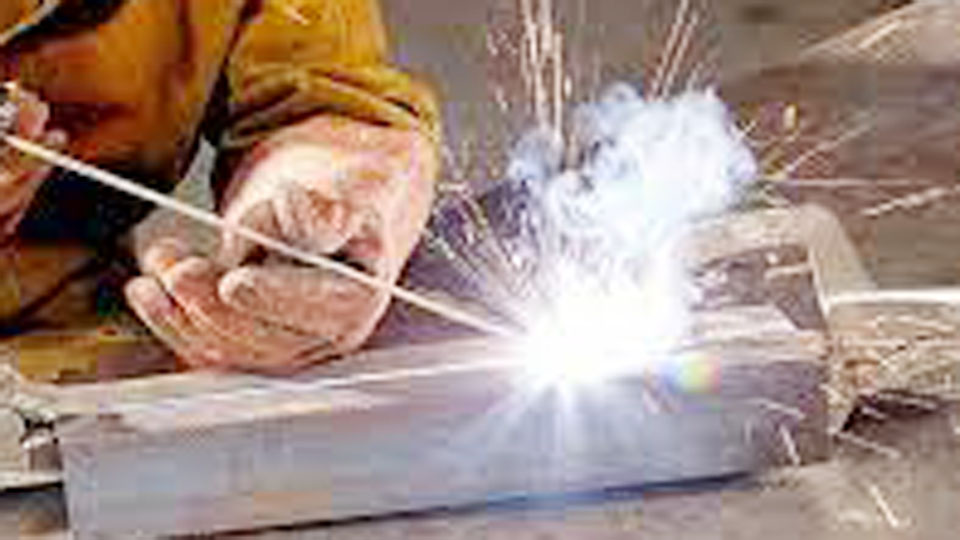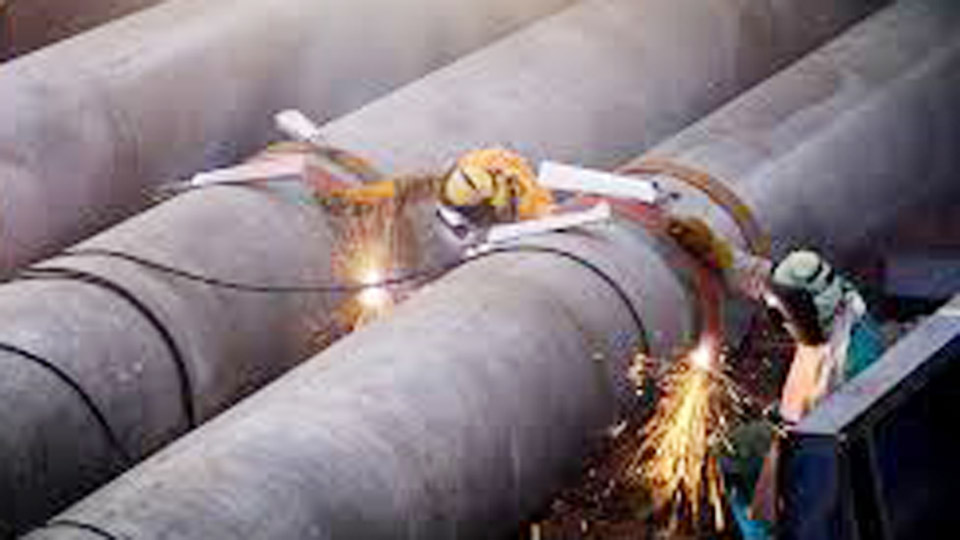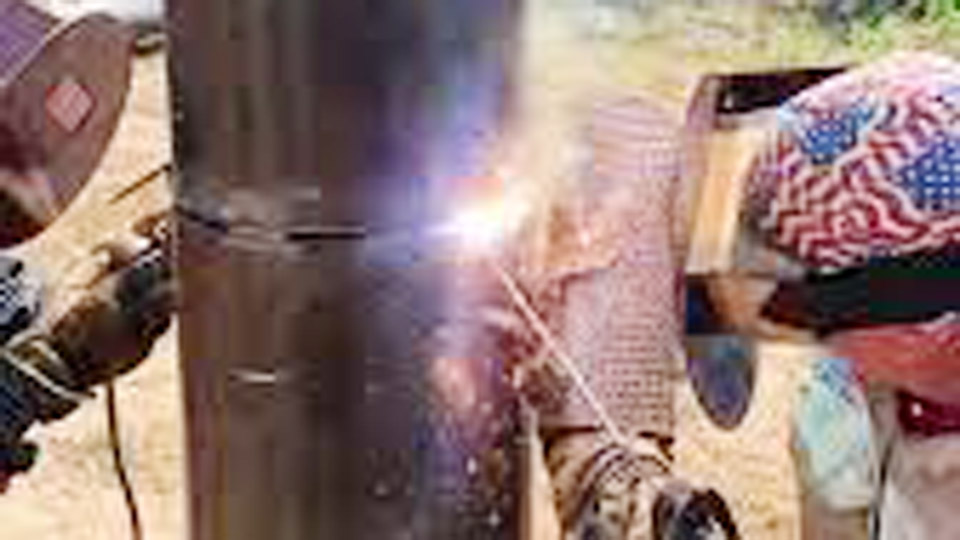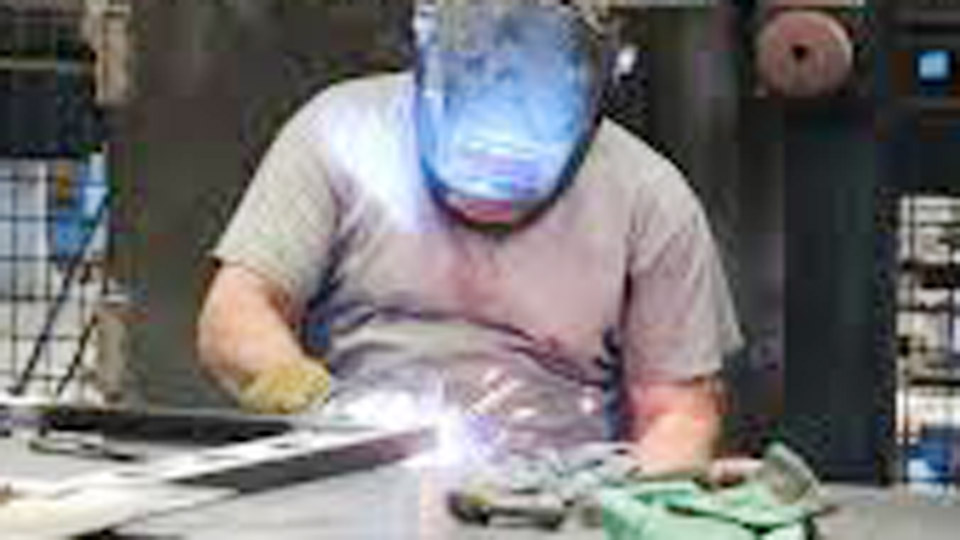If you’re considering a career in welding or already working in the industry, you might be wondering how much a stick welder makes. Stick welding, or Shielded Metal Arc Welding (SMAW), is one of the oldest and most widely used welding techniques. It’s popular in construction, pipeline welding, shipbuilding, and repair work.

Image by quora
Welders are the backbone of many industries, and their skills are always in demand. But how much can you actually earn as a stick welder? Well, that depends on several factors, including experience, location, industry, and certification. I’ll break it all down for you so you can get a clear idea of what to expect.
What Affects a Stick Welder’s Salary?
Welding salaries vary based on multiple factors. Here’s what influences how much a stick welder can make:
Experience Level
Like any skilled trade, the more experience you have, the more money you can make. Entry-level stick welders earn less than those who have been in the field for years.
- Entry-Level Welders: Typically earn lower wages as they are still learning the trade.
- Mid-Level Welders: Have more experience and can handle complex jobs, leading to higher pay.
- Experienced Welders: Skilled professionals with years of experience can command top wages.
Location
Where you work plays a big role in your hourly wage. Welders in high-demand areas or places with a higher cost of living tend to make more.
- States like Alaska, California, and New York usually pay higher wages.
- Rural areas may have lower pay, but they also have a lower cost of living.
Industry and Job Type
Some industries pay more than others. A stick welder working in a high-risk or specialized field will usually earn more than someone in general fabrication.
- Construction and Infrastructure – Moderate pay, stable job market.
- Shipbuilding and Repair – Higher wages due to the difficulty and working conditions.
- Pipeline Welding – Very high wages, especially for travel-based jobs.
- Manufacturing – Steady pay but may not be as high as specialized industries.
Certifications and Skills
Having certifications like the AWS (American Welding Society) certification can boost your earnings. Specialized skills, such as underwater welding or structural welding, can also lead to higher pay.
- Basic Certifications: Help get entry-level jobs.
- Advanced Certifications: Lead to specialized work and higher wages.
Union vs Non-Union Work
Union jobs often pay more than non-union jobs. They also come with benefits like health insurance, retirement plans, and job security.
Average Hourly Wage of a Stick Welder
The national average hourly wage for a stick welder varies, but here’s a general breakdown:
| Experience Level | Hourly Wage Range | Annual Salary Estimate |
|---|---|---|
| Entry-Level | $15 – $22 | $31,000 – $45,000 |
| Mid-Level | $22 – $30 | $45,000 – $62,000 |
| Experienced | $30 – $45+ | $62,000 – $90,000+ |
| Specialized Welders (Pipeline, Underwater, etc.) | $40 – $100+ | $80,000 – $200,000+ |
These numbers can vary, but as you gain experience and certifications, your pay will increase.
Highest Paying States for Stick Welders
Some states pay better than others due to industry demand, cost of living, and economic conditions.
Here are some of the highest-paying states for stick welders:
- Alaska – High demand for welders in pipeline and offshore industries.
- North Dakota – Strong demand for welding in oil fields and industrial sectors.
- California – Higher wages, but also a higher cost of living.
- Texas – Large job market for pipeline, construction, and manufacturing.
- New York – High cost of living, but strong demand for welders in infrastructure projects.
Job Opportunities for Stick Welders
Stick welding is versatile, and welders can find work in different industries. Some of the most common job roles include:
- Construction Welder: Works on buildings, bridges, and infrastructure.
- Pipeline Welder: Joins pipelines for oil and gas companies.
- Shipyard Welder: Repairs and builds ships and offshore structures.
- Manufacturing Welder: Fabricates metal parts for machinery.
- Repair Welder: Fixes damaged metal structures and equipment.
How to Increase Your Earning Potential as a Stick Welder
If you want to make more money as a stick welder, here are some tips to boost your earning potential:
Get Certified
Invest in certifications from the AWS or other recognized organizations. The more certifications you have, the more job opportunities you can access.
Gain Experience
The longer you work in the field, the more valuable you become. Always look for opportunities to improve your skills and take on more challenging projects.
Consider Traveling Jobs
Some of the highest-paying welding jobs require travel. Pipeline welders, for example, often travel to remote locations and make significantly more than local welders.
Specialize in High-Demand Welding Fields
Learning advanced techniques like underwater welding or working in industries like aerospace and nuclear energy can lead to better pay.
Join a Union
Union welders generally receive higher wages and better benefits than non-union welders. Look into unions in your area to see if they offer better job opportunities.
Conclusion
Stick welding is a great career choice for those who enjoy working with their hands and building strong, durable structures. The pay varies depending on experience, location, and industry, but there are many opportunities to increase your earnings.
If you’re just starting, expect to make around $15 to $22 per hour. But with the right experience, certifications, and specialization, you could earn over $40 per hour or more.
No matter where you are in your welding journey, there’s always room for growth. Keep improving your skills, seek high-paying industries, and never stop learning.
The welding industry will always need skilled professionals, and if you’re willing to put in the work, you can build a rewarding and high-paying career.
Frequently Asked Questions (FAQs)
How much does a beginner stick welder make?
A beginner stick welder typically makes between $15 to $22 per hour, depending on the location and industry.
What is the highest-paying welding job?
Pipeline welding, underwater welding, and nuclear welding are among the highest-paying welding jobs, with some welders making over $100 per hour.
Do stick welders make more than MIG welders?
It depends on the industry and job type. In general, specialized stick welders in construction and pipeline work can make more than MIG welders.
Can stick welders work in all industries?
Yes, stick welding is used in many industries, including construction, shipbuilding, manufacturing, and pipeline work.
How can I make more money as a stick welder?
Getting certifications, gaining experience, working in high-paying industries, and taking travel jobs can significantly increase your earnings.

![ARCCAPTAIN Stick Welder, [Large LED Display] 200A ARC/Lift TIG Welding Machine with Synergic Control, IGBT Inverter 110V/220V Portable MMA Welder Machine with Hot Start, Arc force and Anti-Stick](https://m.media-amazon.com/images/I/410pj918miL._SL160_.jpg)





